A 400mm handheld Leica tele lens
By: Thorsten Overgaard. January 2001. Latest update April 25, 2016
Add to Flipboard Magazine.
The 400mm Leica Telyt-R f/6.8 was designed in 1968 as a handheld "snap-shot" lens for the Leicaflex and the Leica R cameras. This very extraordinary lens was produced till 1994 when production ceased. However, the lens is available second hand at very reasonable prices (500$ - 1,000$).
Whenever I use this lens at events where there is focus on security, I always make sure to tell the ones in charge of security that I'm going to use this lens. Just as a side remark, because at a distance it looks like a bazooka.
It's an interesting design with a long tube and only one 2-element achromat lens group in the very front (which by the way can be unscrewed when you want to clean it). The tube itself can be divided into two (which is how I always have it in my Pelican camera case along with other lense from 19mm to 400mm). It comes with a shoulder support that makes it really stable and make it look even more like a weapon.
Focusing is fast, you simply press a thumblock on the side of the lens and slide the lens head forward or back till it's in focus. Let go and it's locked. It's not a heavy lens why it is really a handheld lens; only problem is when the blood leave your arms and you have to lower the lens for a little while, but never because of the weight.
It's perfect for wildlife and you might get very inspired by visiting the website www.wildlightphoto.com of Sacramento birdman Douglas Herr. He also has a website exclusively with pictures from the 400/6.8. Not being much of a birdman myself I've used it in a few occasions. It's a f/6.8 lens and thus not a concert lens but an outdoor lens that requires some light to shine.
The 180mm Summilux-R f/2.0 is a well known Leica lens for it's outstanding design - and just as outstanding price tag - why one could easily be fooled stumbling over a 400mm Telyt-R f/6.8 on eBay or on the shelf in the photo shop. But despite it's price it's one of the Leica tele lenses to have. As for the price, I have no explanation, because it seem to have been a 7,000$ lens from new [in current prices]. But today, it's just dirt cheap second hand (contrary to the big brother, the 800mm Telyt-S f/6.3.
Here is some of the things I've used it for and which might - together with the brilliant photos of Douglas Herr - inspire you:
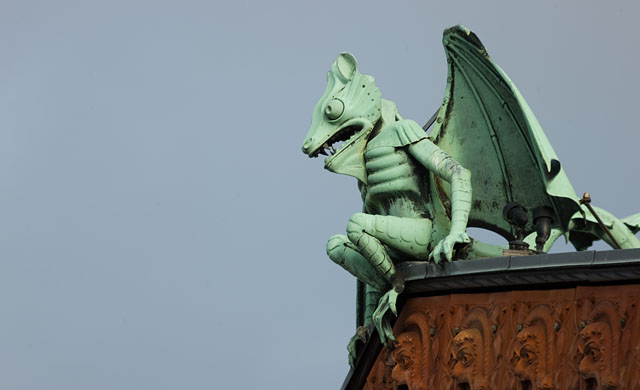
Not much of a birdman myself, but I did catch this birdish monster making an interesting architectual detail on the top of the roof of Aarhus Teater in March 2009 with the 400mm @ f/6.8, 200 ISO, Leica R8/DMR (processed via Adobe Lightroom 2.0 RAW-conversion software).
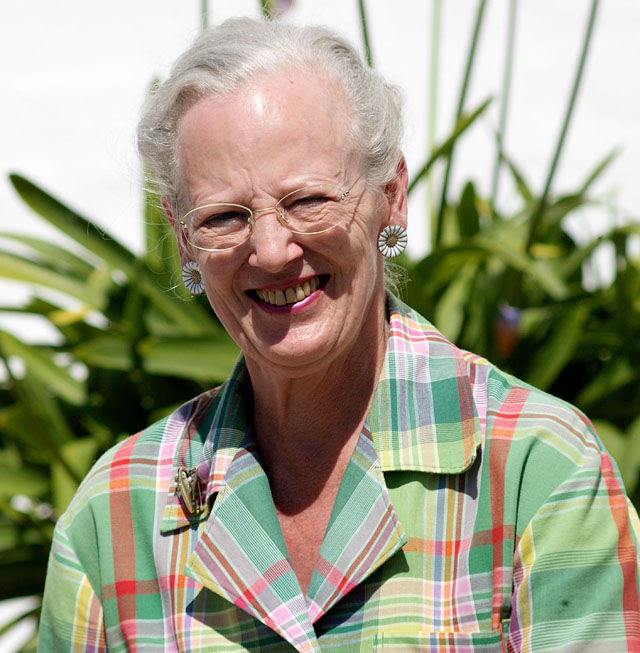
Queen Margrethe II of Denmark in June 2008 shot with the 400mm Telyt-R f/6.8 @ 100 ISO using the Leica R9/DMR. As you can see there was plenty of light (processed via Hasselblad's FlexColor RAW conversion software).

This is a handy demonstration of the 400mm Telyt-R because it demonstrates both people and flying "birds." It's the Countess Richard von Pfeil who is being disturbed by a bee above her head as she pose with her mother Princess Alexandra of Sayn-Wittgenstein-Berleburg. Leica R9/DMR with Leica 400mm Telyt-R f/6.8, 100 ISO RAW file processed via Hasselblad's FlexColor RAW-conversion software.

The bee shot! Detail from the above photo shows how well the 400mm Telyt-R catch details in a true Leica 3D manner - apart from being sharp and detailed. 100% crop. Frankly, that photo made my day (and also a few German magazines).

Another one from the same day which I think shows the qualities of this lens. Mind you it's blazing sunshine from a 12.30 position right over - not the best conditions for photos. Leica R9/DMR with 400mm Telyt-R. In the photo it's Count Richard of Pfeil and father Count Jefferson von Pfeil und Klein-Ellguth, June 2008. RAW file processed via Hasselblad's FlexColor version 4.8.6 RAW-conversion software.
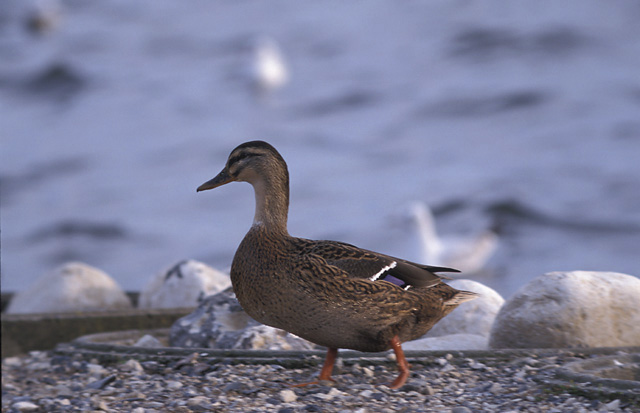
Duck by the lake November 2003.
Leica R4 and 400 mm Leica Telyt-R f: 6.8. 100 ISO Fuji Astia Slide film, scanned on Nikon Coolscan IV. This is a crop of the original slide.
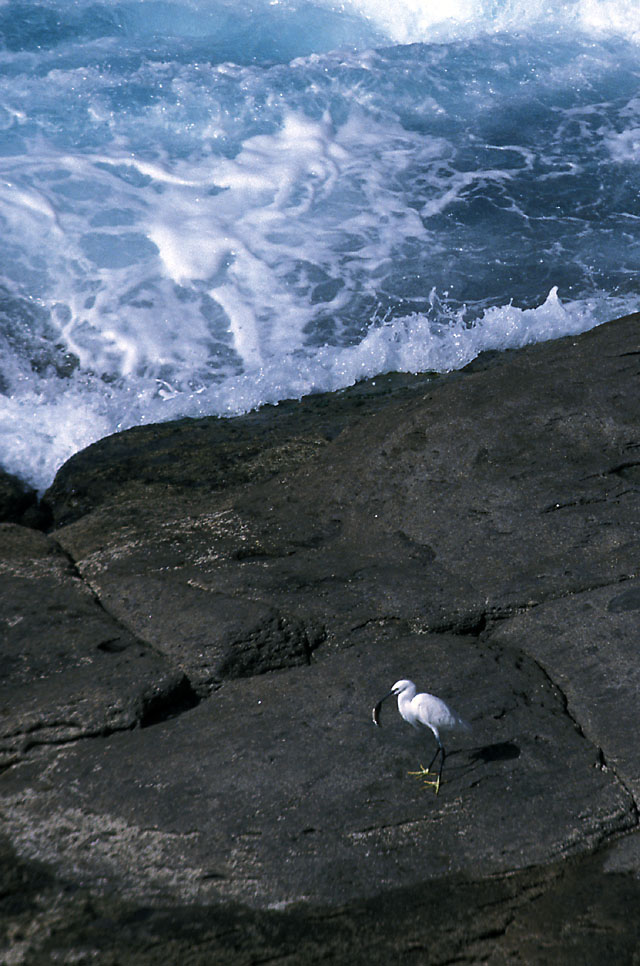
Egret eating fish on Gran Canaria, January 2004. Leica R4 and 400 mm Leica Telyt-R f: 6.8. 100 ISO Fuji Astia Slide film, scanned on Nikon Coolscan IV. This is an about 25% crop of the original slide.
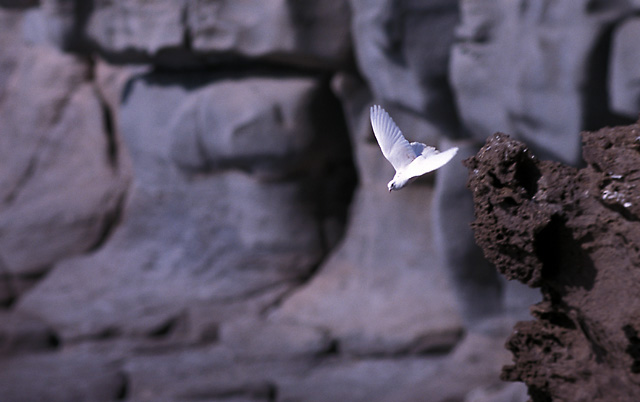
Bird going down from mountain, Gran Canaria, January 2004. Leica R4 and 400 mm Leica Telyt-R f: 6.8. 100 ISO Fuji Astia Slide film, scanned on Nikon Coolscan IV. A ca. 25% crop from original slide.
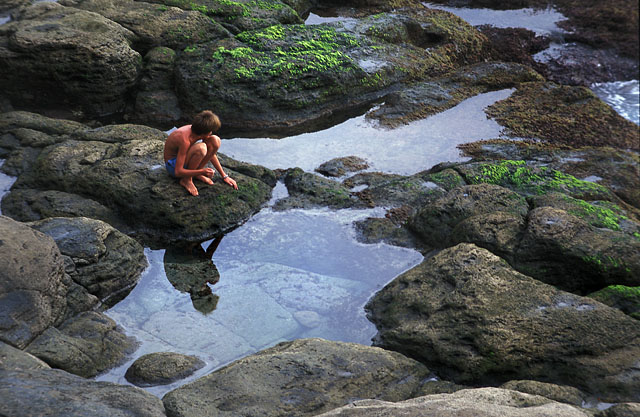
Boy playing in Gran Canaria.
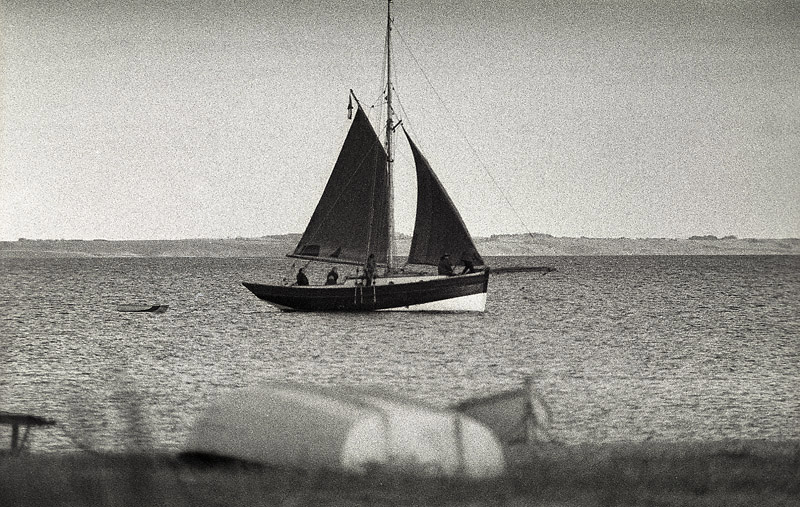
Ship in August 2004,
Leica R4 and 400 mm Leica Telyt-R f: 6.8. 3200 ISO T-Max, scanned on Nikon Coolscan IV.
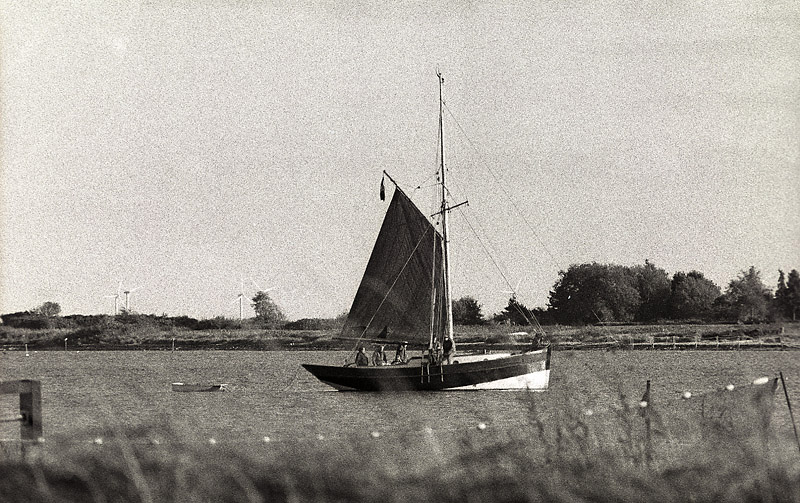
Ship in August 2004,
Leica R4 and 400 mm Leica Telyt-R f: 6.8. 3200 ISO T-Max, scanned on Nikon Coolscan IV.
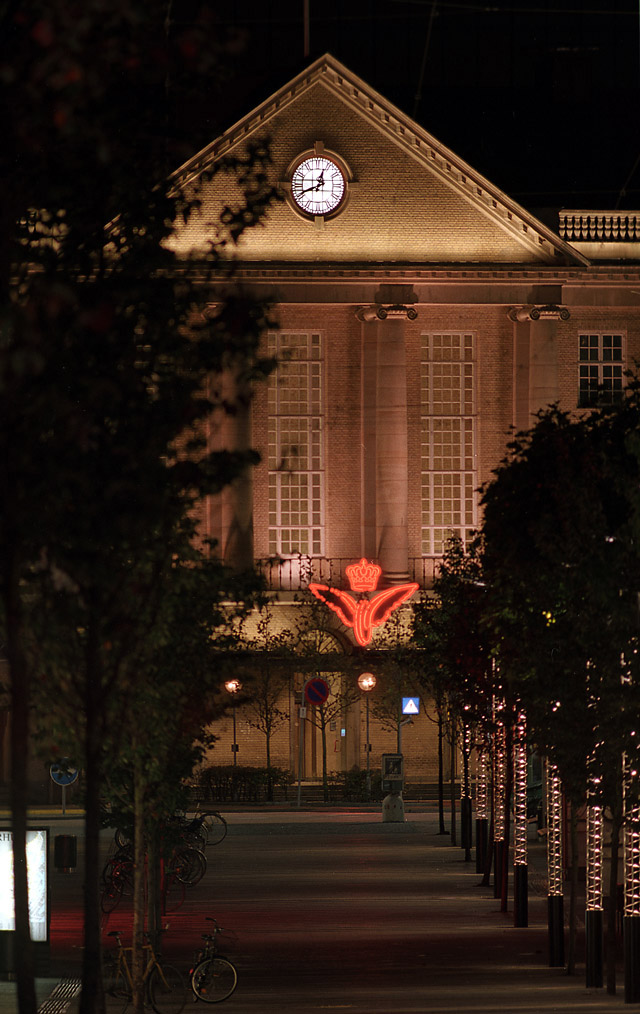
Night photo with R4 and 400 mm Leica Telyt-R f: 6.8. Ca. 5 seconds @ f: 8.0 om 100 ISO Fuji Reala, scanned on Nikon Coolscan IV. I don't like to scan this film, but the result was ok.
Another factor was time and having such a huge lens on a tripod in the midst of a city with cars and movement. Even detailed, it is not as sharp as it could be done witht the right film and a totally steady tripod. But that will have to be another night... .
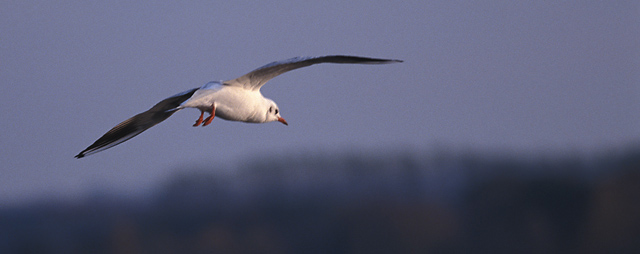
Seagul shot by Brabrand Sea, November 2003
R8 with 400 mm Leica Telyt-R F:6.8 @ f: 6.8 on 100 ISO Fuji Astia (scanned on Nikon Coolscan IV).
(This is a crop of approx 1/2 of the slide).
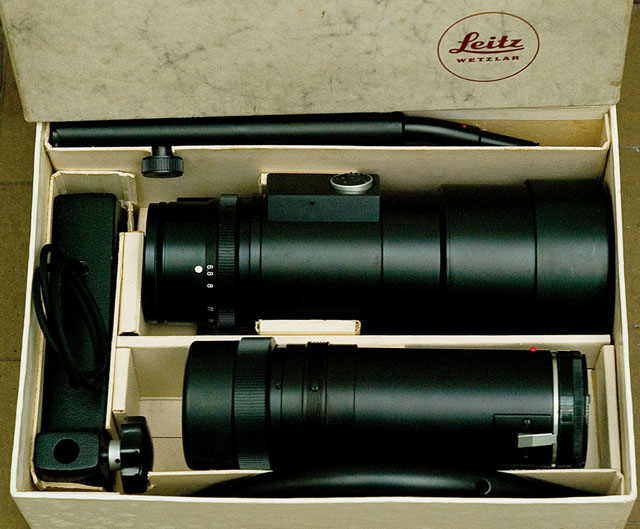
The Leitz 400mm Telyt-R f/6.8 lens comes in this fancy box - in two parts and with shoulder strap. I've never seen or owned the box myself though. But it does look nice.
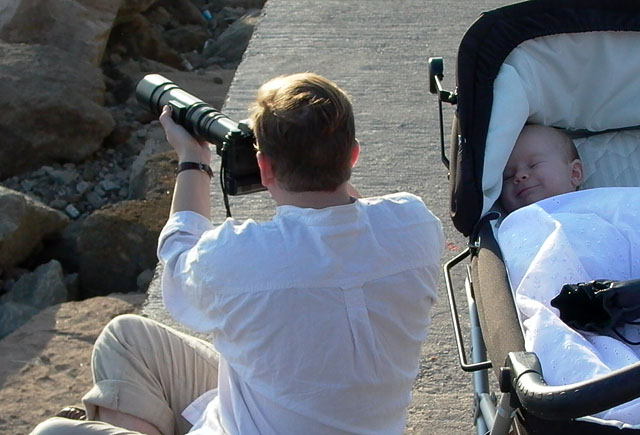
Despite the dramatic head-turning look of the 400mm Telyt-R it's a perfectly safe lens to use - as can be seen on Robin's face in this photo from Gran Canaria December 2003 where I'm using the lens inthe harbor. I might on this occassion mention that it was a very great vacation because we used the 'disablility' of having a baby carriager to stuff the carriager with photo gear and take a four hour photo walk every day. So this is a way of getting a lot of equipment into use on your holiday (or at home).
|
![]()
